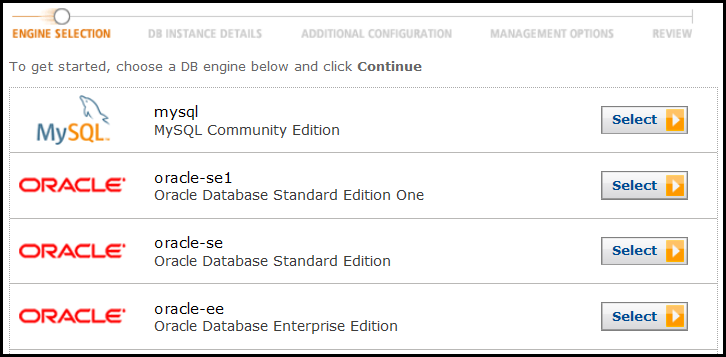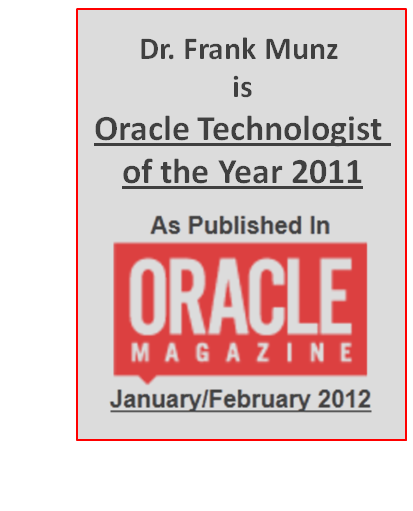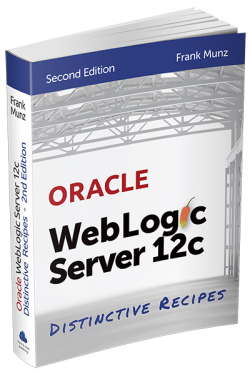German only. Heute exklusiv auf deutsch ein Artikel den ich für das DOAG Magazin im Früjahr 2011 geschrieben habe:
Download: Oracle Fusion Middleware und WebLogic Server in der Cloud (PDF)
- Cloud Dienste oder Fusion Middleware Features?
- Was zeichnet eine echte Cloud aus?
- Architektur Blueprint für die AWS Cloud und Java EE Anwendungen.
Teile des Artikels sowie zahlreiche Grafiken sind aus meinem “Middleware and Cloud Computing” entommen. Viel Spaß beim Lesen!





 Oracle WebLogic Server 12c Book
Oracle WebLogic Server 12c Book Oracle Middleware and Cloud Computing Book
Oracle Middleware and Cloud Computing Book